Sustainability is becoming a bigger priority in the Philippines, especially in home construction. More and more Filipinos are looking for eco-friendly alternatives to traditional building materials. One popular option is living fences—plants grown in the shape of a border to mark property lines or separate spaces within a piece of land.
Living fences offer the same functionality as traditional fences while bringing the beauty of nature into your space. Unlike meta or concrete, they do more than just secure your property—they help improve air quality, create a lush, green landscape, and support local biodiversity.
If you’re looking for a more sustainable way to fence your property, living fences are definitely worth considering. In this article, we’ll explore their benefits and share some of the best plant options for a tropical climate.
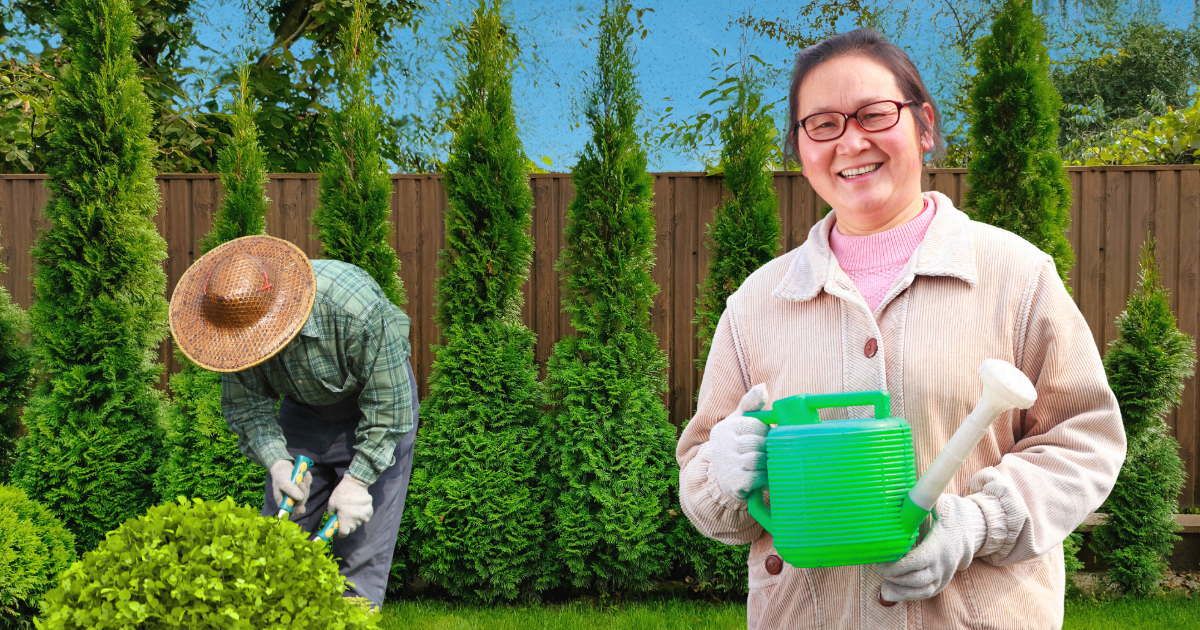
Why Choose Natural Fences?
Metal or wooden fences are too common. Many Filipino homeowners are looking for better alternatives that will make their property stand out among the rest. There are a lot of benefits that a living fence can give your property. This includes:
- Eco-friendliness—Natural fences help make the environment greener. They absorb carbon dioxide, release oxygen, and even help cool down urban areas. Plus, unlike synthetic fences, they don’t need to be manufactured or disposed of, making them a more sustainable option.
- Wildlife support—Fences probably aren’t the first thing that comes to mind for supporting wildlife, but living fences can actually enhance the natural environment around your property. Many tropical plants attract pollinators like butterflies, bees, and hummingbirds, helping to maintain a healthy ecosystem while bringing movement and life to your garden.
- Improves Aesthetic Appeal—The natural aesthetic has its appeal, and plenty of homes can benefit from the lush greenery and colorful flowering bushes that bring a space to life. A well-kept living fence adds a tropical touch to homes and businesses, making outdoor areas feel more inviting and relaxing.
Top 10 Best Plants for Tropical Living Fences
Each plant on this list offers unique benefits, from vibrant flowers to low-maintenance care. Whether you need a security fence or a decorative barrier, there’s a perfect plant for your space.
1. Lantana Camara
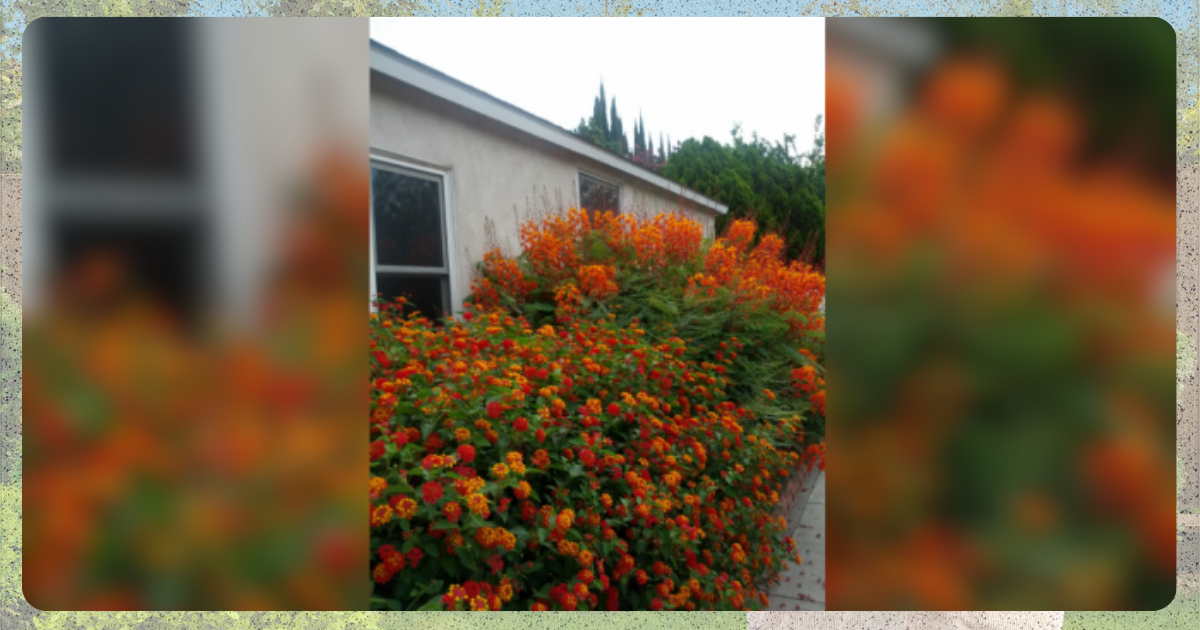
Image from The Smarter Gardener
Lantana is a relatively hardy shrub known for its bright, multi-colored flowers—perfect for adding pops of color to a plain fence. It attracts butterflies and bees and is drought-resistant.
This plant thrives in warm, sunny conditions and tolerates heat, drought, and salt spray once established.
2. Euphorbia Tirrucali
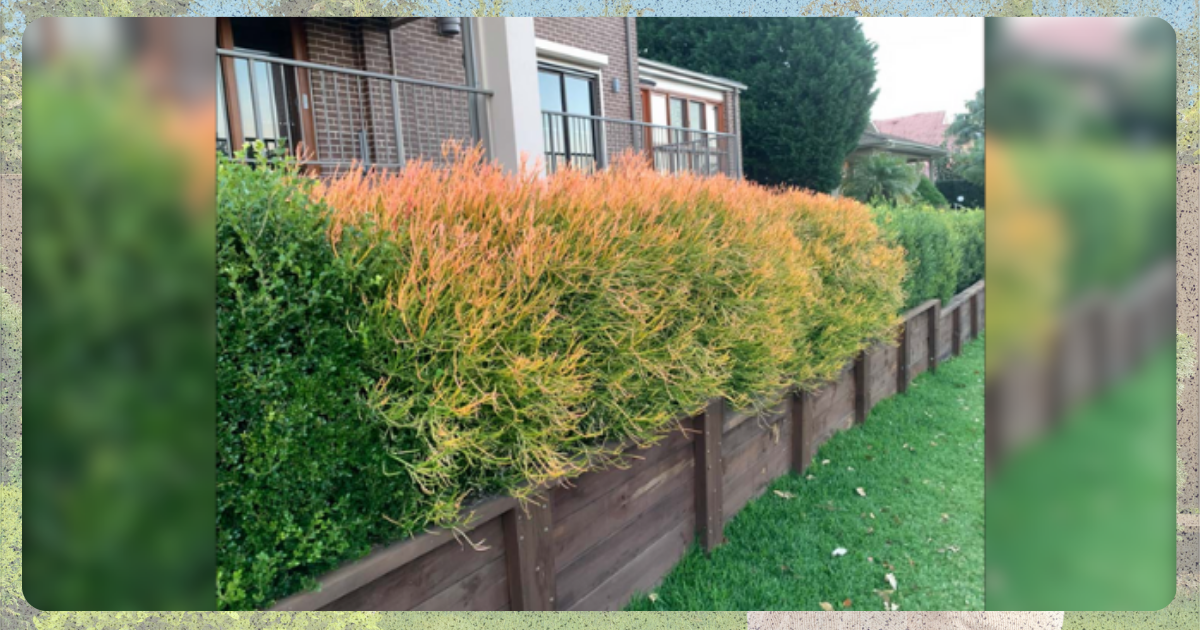
Image from Plantfinder
This striking plant features thin, upright branches that give it a modern, sculptural look. It requires little maintenance, handles extreme heat well, and adds a unique texture to outdoor spaces.
3. Bougainvillea
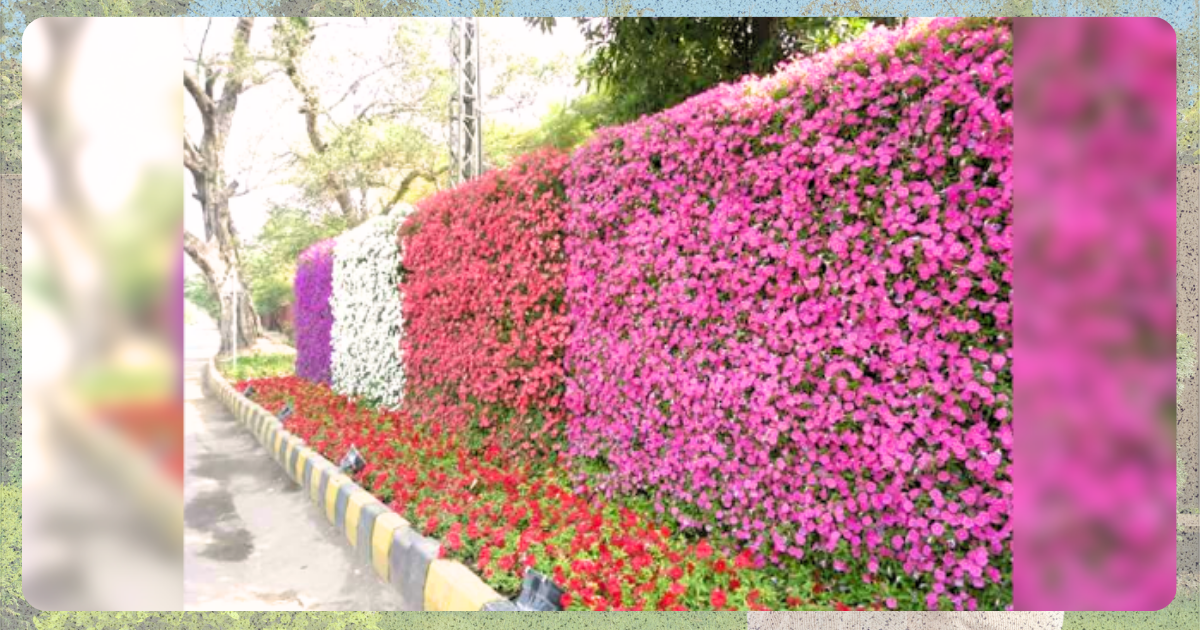
Image from Pinterest | Ann Montgomery
Bougainvillea is a fast-growing vine known for its bold, colorful bracts. Its thorny nature makes it a great choice for security fencing. It thrives in sunny spots and can be trained to climb walls, trellises, or fences, reaching anywhere from 15 to 40 feet.
If you’re using bougainvillea as a fence, it’s best to provide a sturdy structure, like a wooden trellis, to support its growth. This way, your fence stays strong while keeping the plant as the main attraction.
4. Hibiscus
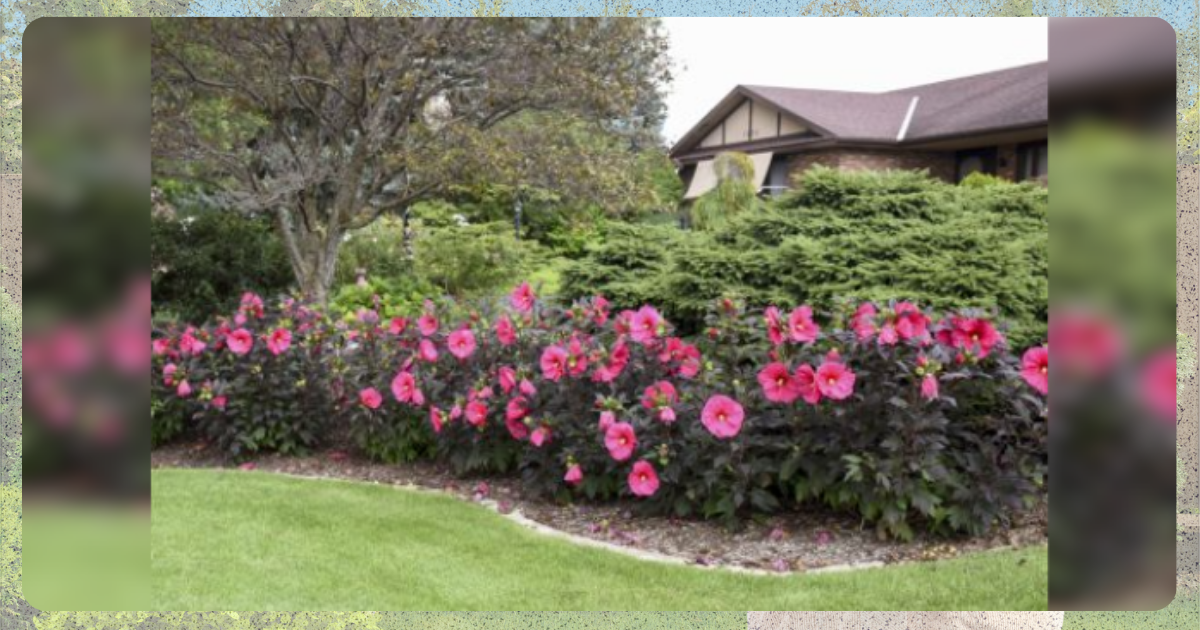
Image from Garden Crossings
With its large, tropical flowers, hibiscus is a favorite for natural fences. It grows into a dense hedge that provides privacy while attracting hummingbirds and butterflies.
Depending on the variety, this beautiful plant can grow up to 6 meters tall.
5. Ficus
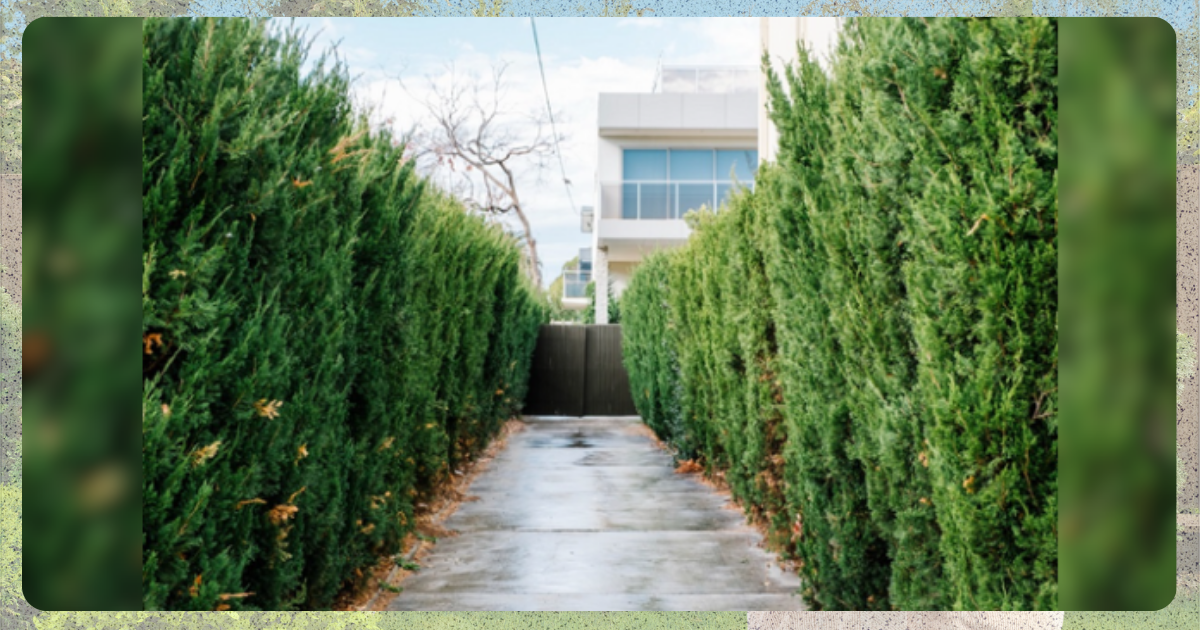
Image from Gharpedia
Ficus trees and shrubs create a thick, evergreen screen. Regular pruning can shape them into various forms, making them excellent for tall privacy walls and noise reduction.
Species like Ficus microcarpa nitida (Indian Laurel) or Ficus annulata are some of the most popular options since they grow relatively quickly.
6. Thyrsostachys Siamensis
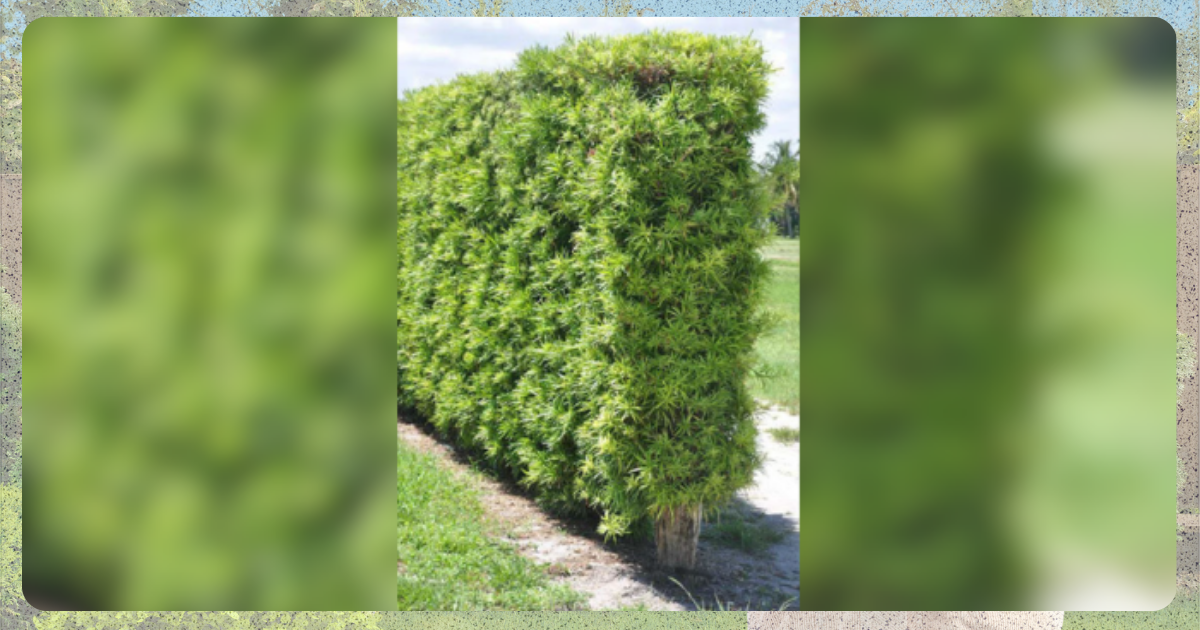
Image from Pinterest
Also known as Pole Bamboo, Thyrsostachys siamensis is an elegant, non-invasive bamboo variety that’s great for windbreaks and privacy fences. It grows tall—reaching 7 to 13 meters—but doesn’t spread aggressively like other bamboo species, making it easier to maintain.
7. Murraya paniculata
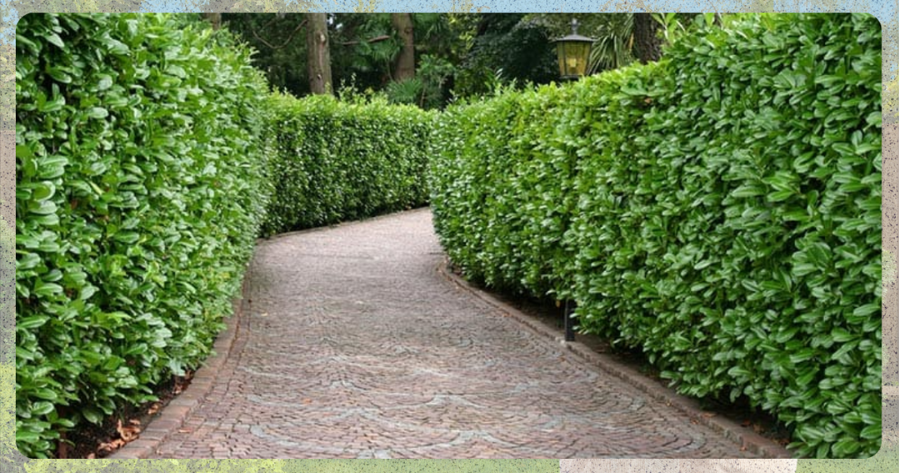
Image from Lawn.com.au
Murraya paniculata is a fragrant, evergreen shrub known for its glossy leaves and small, white, jasmine-like flowers. It grows into a dense hedge, making it an excellent choice for natural fences. This plant thrives in tropical climates, is easy to maintain, and attracts pollinators while providing privacy and wind protection to any property.
8. Ixora
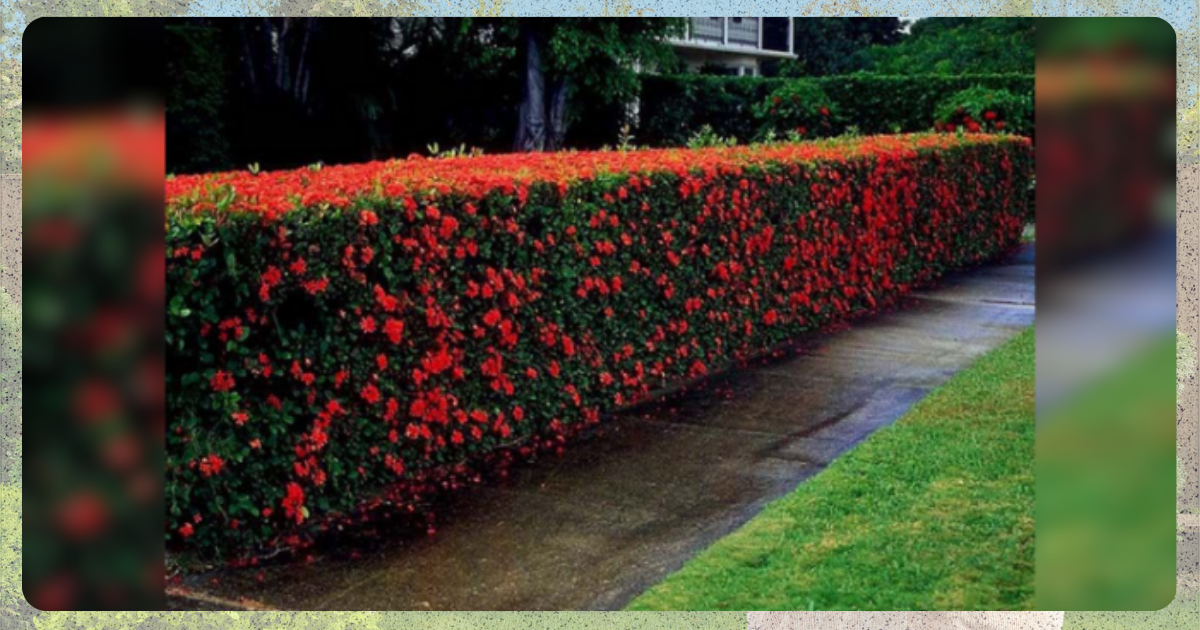
Image from Pinterest
Also known as the ‘Flame of the Woods,’ Ixora is a bushy shrub that produces clusters of bright red, orange, or yellow flowers. It’s ideal for forming low hedges and adds a tropical touch to any space.
Many Filipinos are familiar with this plant. When planted as a fence, it can attract butterflies and bees!
9. Bamboo
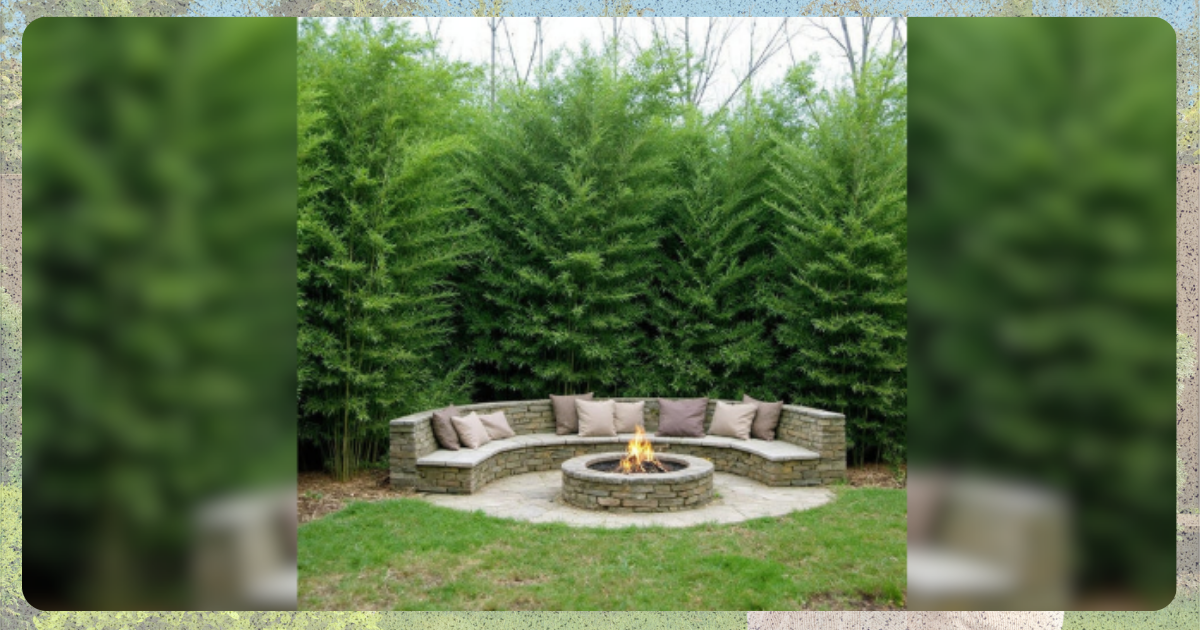
Image from Pinterest
Bamboo is a fast-growing choice for natural fences, offering excellent wind and sound barriers while bringing a serene, tropical vibe to your landscape.
There are several types of bamboo you can use to create a natural fence for your home. It’s a versatile option that works well for many properties, and it’s also relatively cheaper and easier to maintain than other plants used for living fences.
10. Natal Plums
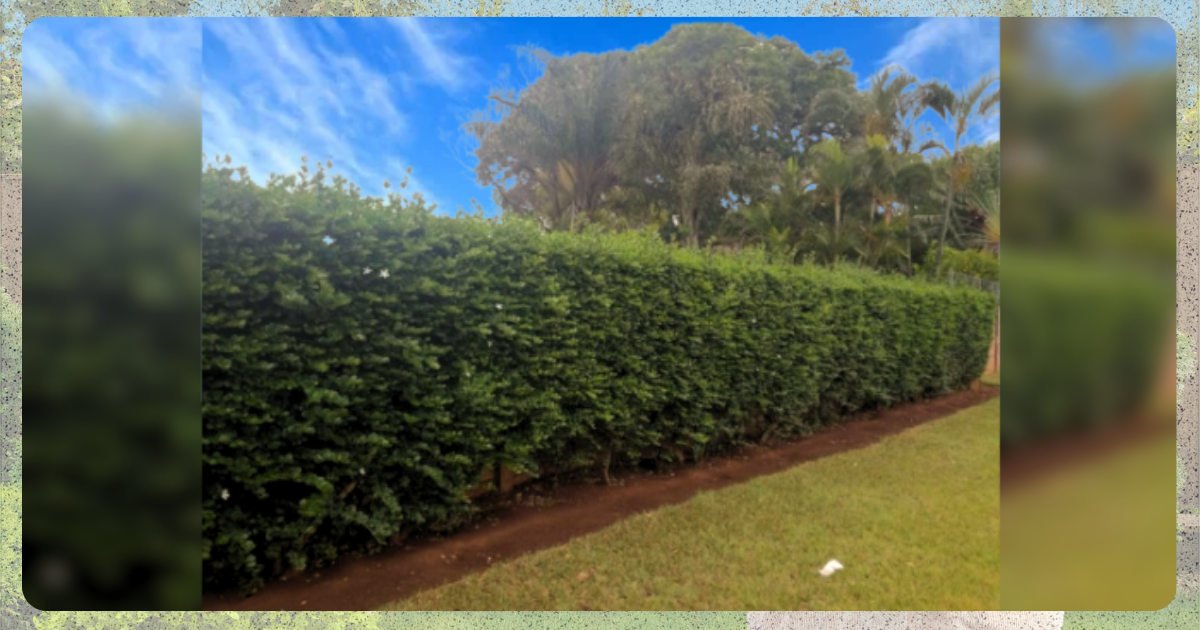
Image from Steemit
Natal plums are hardy, evergreen shrubs that form a dense, thorny hedge, making them an excellent natural security barrier. They typically grow between 5 and 7 feet tall but can reach up to 30 feet under ideal conditions.
With their glossy green leaves and tolerance for coastal conditions, Natal plums are a practical and attractive choice for tropical living fences.
What Does The National Building Code of the Philippines Say About Fence Materials?
The National Building Code of the Philippines (NBCP) includes regulations on fences, especially for construction sites and property boundaries. Here’s a quick rundown of the guidelines for permanent fences on private properties:
- Height Limit: Generally, you can build fences up to 1.80 meters (roughly 6 feet). If you’re planning to build one taller than that, you might need a special fencing permit.
- Hedges & Natural Fences: The NBCP doesn’t specifically cover hedges or plant-based fences. Rules on these usually depend on local ordinances, so it’s best to check with your city or municipality. Your local government unit (LGU) or municipal planning office can provide guidance on planting and maintaining hedges as property boundaries.
If you’re unsure about specific requirements, reaching out to your LGU is advisable.
How to Integrate Natural Fences into Your Landscape
While living fences improve the aesthetics of your property, proper care and regular maintenance are still essential to preserve the natural beauty of your living fence. Here are other things you need to remember when integrating natural fences into your property.
For Homes
You can mix natural fences with ornamental plants to create a multi-layered landscape. Combining flowering shrubs with dense greenery enhances both beauty and function. Most of the plants in our list aren’t strong enough to function as a durable fence on their own. You should allow them to grow next to or onto a sturdy material, such as a wooden trellis.
For Businesses
A structured green fence can add charm to outdoor seating areas, define boundaries, and create a more inviting atmosphere. Bamboo or ficus hedges work well in commercial spaces.
Maintenance Tips
Regular trimming helps keep plants in shape and prevents overgrowth. Choosing species suited to your climate and soil conditions ensures long-term success with minimal upkeep.
A Greener Way to Define Your Space
Tropical living fences are a sustainable and visually appealing alternative to traditional barriers. They offer privacy, support biodiversity, and contribute to a healthier environment. Whether for a home or business, incorporating natural fencing can enhance outdoor spaces while making a positive impact on nature.
Now’s the perfect time to explore these plant options and start creating a greener, more vibrant landscape.
References
Fencing Guide for Tropical Garden Landscapes. (n.d.). Fencing Vacaville. https://fencingvacavilleca.com/fencing-guide-for-tropical-garden-landscapes/
Lantana: Plant Care and Growing Guide. (n.d.). Gardenia. https://www.gardenia.net/guide/lantana-plant-care-and-growing-guide
Living fences in Indonesia : 50 species to use in the tropics. (n.d.). Steemit. https://steemit.com/permaculture/@reville/living-fences-in-indonesia-50-species-to-use-in-the-tropics



